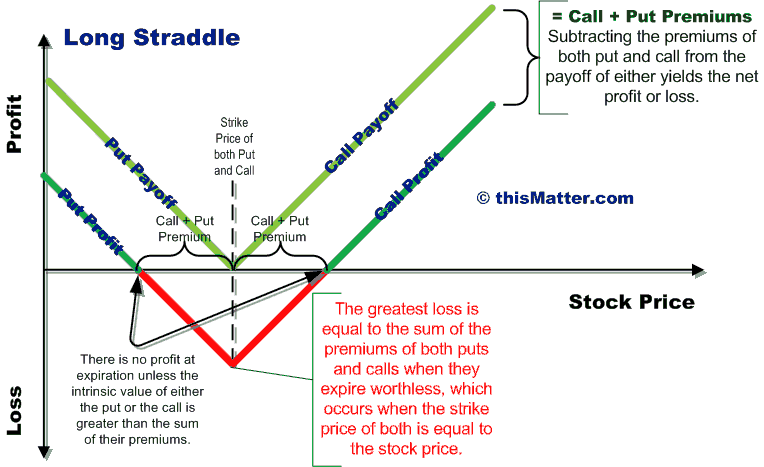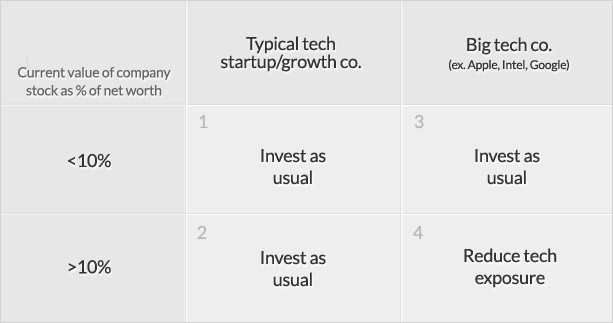Stock Investment Strategy
Post on: 29 Июнь, 2015 No Comment

Chapter 6: Choosing Your Investment Strategy
Your investment strategy should depend on how much risk you are willing to take and how much time and effort you can devote to stock analysis and trading. Here are some of the common strategies adopted by investors:
Aggressive Investing. These investors focus on high return investments in the short to medium term. To achieve these high returns, they are willing to take higher risk. They aim at outperforming the market with their investment portfolio through quick adjustments.
Value Investing :Value investors hope to get lucky with a surprise ‘dark horse’ investment. They invest after detailed research and analysis of the company and the industry. Their assumption is that the market is yet to realize the potential of the stock and once it does, the price will go up significantly.
These investors sometimes hit upon a gold mine stock and make a huge profit. This kind of investing should not be confused with rash investments where the investor has no structured plan or strategy and acts on the basis of nothing more than ‘hot tips’ from dubious sources.
Moderate Risk Investing. In moderate risk investing, you attempt to minimize the risk in your portfolio by adding a few stable stocks. These balance out the high risk stocks in your portfolio and keep your investment from being wiped out in case the markets go into a nosedive. Moderate investors tend to make lower profits but get more stability in the portfolio. They are somewhat protected against the volatility of the market.
Conservative Investing. This kind of investing is carried out by investors who seek a consistent and dependable income rather than huge profits that come through higher risks. Many retirees adopt a conservative investment approach to make sure they do not lose their savings through rash investment decisions, yet get decent returns to pay the bills. Blue chip stocks are the best option for these investors.
High Risk Averse Investing :Even in market conditions showing definite bull tendencies, highly risk averse investors hesitate to make purchases. They hold back because of fear of losing money and thus fail to make the most of the stock market movements. This highly cautious approach is not suited to stock market investing. Though such investors seldom lose money, they don’t make a lot of profit either.
Understanding the Risks Involved
As with any financial instrument, stocks come with their own set of risks. The company which issues the stocks may go belly up, leaving your stocks worthless. Dividend payments are not enforced by law. If your historically well performing company decides to cut dividends this year, there isn’t much you can do about it.
Or they may offer a much smaller dividend because of some expansion plans. The bottom line is that stocks do not come with guaranteed returns. There is an element of risk that needs to be weighed against potential returns.
To minimize this risk and to maximize returns, investment education is essential. If you are just beginning to build your portfolio and have no more than just a very basic idea of what to do, then gaining knowledge of various investing techniques and terminology is very important.

Remember that taking shortcuts can literally prove to be very costly. Armed with the right kind of information, you can make the right investment decisions and multiply your investment.
Improving Your Investing Skills
No matter what kind of investor you are, it is essential to have a basic knowledge of how the market forces work and how they affect your investment. Understanding how to predict market changes and price movements is a huge advantage in investing. But if you have not yet gained a grip on these aspects of investing, it is time to put in some effort.
Many new investors may not be able to afford the advisory services of a full service broker because of the high fee charged. Some discount brokers also offer expert advice service but these services again come at a cost. For such investors, websites offering free advice and investment guidance are a good option to learn more about investing. They can educate themselves from these resources and do quite well with low cost discount brokers instead of opting for the expert full service kind.
There is no dearth of information, expert opinion, market analysis and stock market predictions and with some time and effort you can keep yourself updated with the latest happenings. Identify a few sources which give you simple and reliable advice that you can act on.
You can also use a mock portfolio to practice your investment ideas and learn more about the market without risking your money. There are many online mock portfolio services and you can choose one that you feel most comfortable with.
Knowledge is power when it comes to investing. With the right kind of research and practice, you will find yourself making decisions like a savvy investor in no time.














